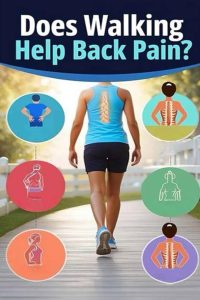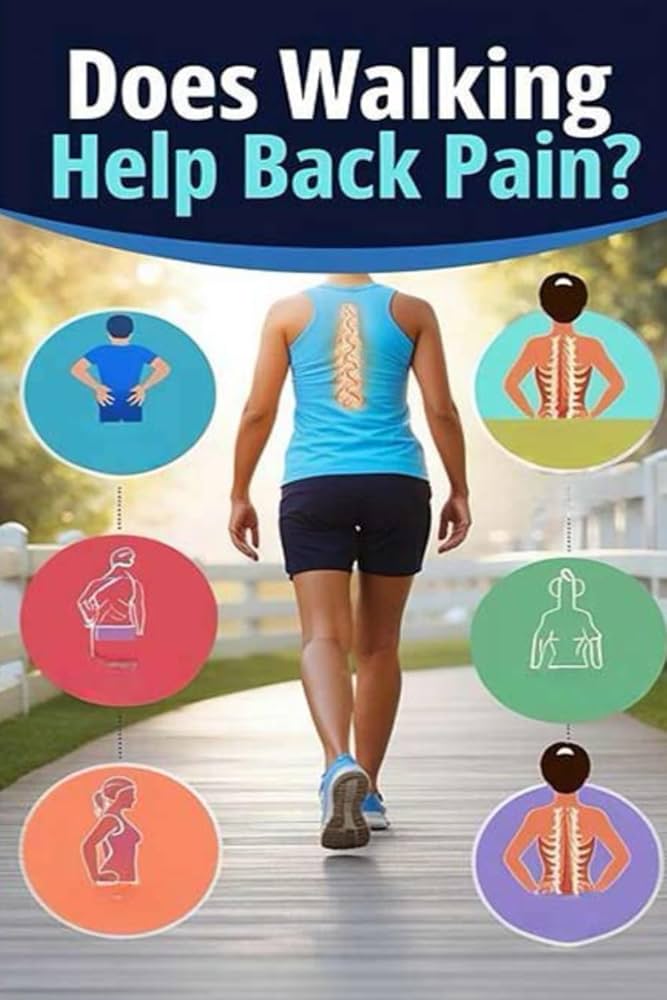
Introduction
Lower back pain is one of the most common health issues worldwide, significantly affecting individuals’ quality of life. Various methods are suggested for managing and alleviating back pain, and walking is one of the simplest and most effective. This article reviews the effects of walking on back pain and examines related scientific evidence.
The Effects of Walking on Lower Back Pain
1. Strengthening the Core Muscles
Regular walking can help strengthen core muscles, including abdominal and lumbar muscles, which provide support to the spine. Research has shown that weak core muscles can contribute to increased back pain (Shnayderman et al., 2018).
2. Improved Flexibility and Reduced Pressure on the Spine
The continuous movement involved in walking improves muscle and joint flexibility and reduces the pressure on intervertebral discs. A study published in the American Journal of Physical Medicine & Rehabilitation found that regular walking significantly reduces symptoms of chronic back pain (Hurwitz et al., 2019).
3. Enhanced Blood Circulation and Disc Nutrition
Walking promotes increased blood flow to the lower back area, improving the nutrition of intervertebral discs and preventing disc degeneration (Bogduk, 2020).
4. Stress Reduction and Mental Health Benefits
Stress and anxiety can exacerbate back pain symptoms. Walking stimulates the release of endorphins, reducing stress and improving mental well-being. A 2021 study demonstrated that patients with back pain who incorporated walking into their daily routine experienced significant reductions in pain symptoms and stress levels (Smith et al., 2021).
Limitations and Precautions
1.Individuals with acute back pain or herniated discs should consult a doctor or physical therapist before starting a walking routine.
2.Wearing proper footwear and walking on flat surfaces are crucial to avoid added stress on the back.
3.Walking should begin at a moderate intensity and for short durations, gradually increasing over time.
Conclusion
Walking is one of the simplest and most cost-effective methods for managing lower back pain, with numerous scientific studies supporting its benefits. By strengthening muscles, improving blood circulation, and reducing stress, walking plays a key role in alleviating back pain symptoms. However, it is essential to design a walking program tailored to individual conditions.
References
1.Hurwitz, E. L., Randhawa, K., Torres, P., Yu, H., & Côté, P. (2019). The effectiveness of walking for the management of low back pain. American Journal of Physical Medicine & Rehabilitation.
2.Bogduk, N. (2020). The biomechanics of walking and its effects on spinal health. SpringerLink.
3.Smith, A. J., O’Sullivan, P. B., Beales, D. J., & Straker, L. M. (2021). Exercise interventions for low back pain: A review. PubMed Central.




